Stéphanie Gicquel: Across Antarctica
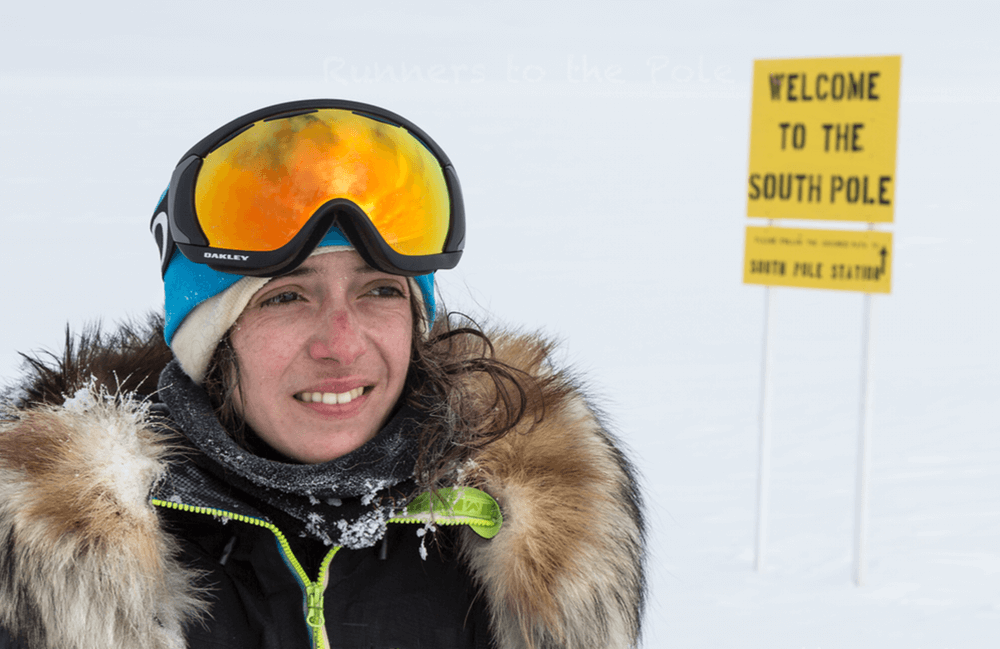
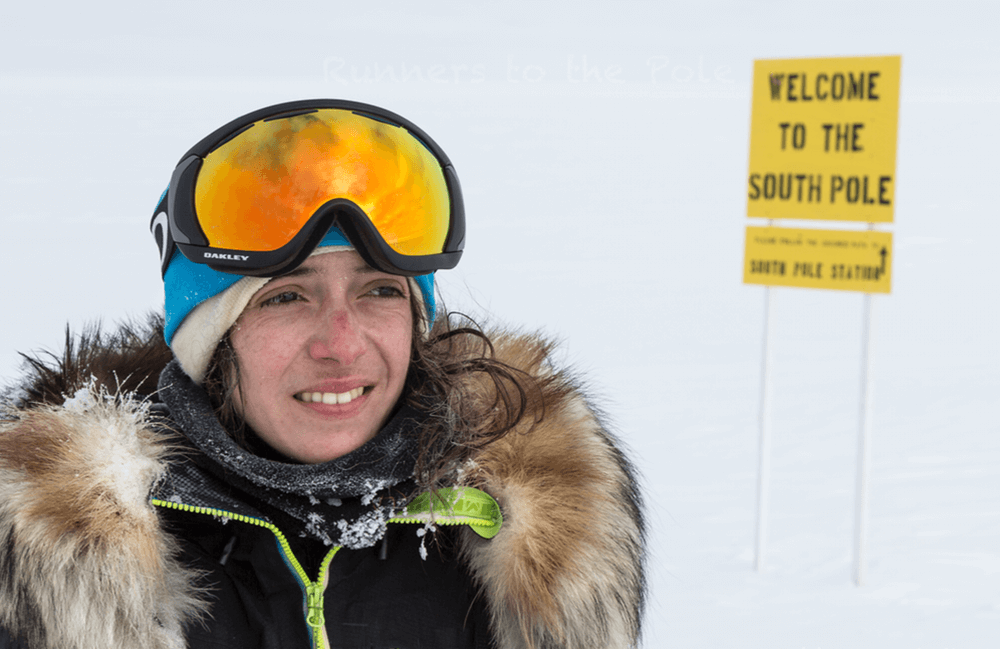
Stéphanie Gicquel of Paris has recently made headlines by skiing across Antarctica with husband Jeremie, garnering herself a film, Across Antarctica, and a Guinness World Record. We interviewed her about the film and the journey.
What is it like being a Guinness World Record holder for the longest ski expedition for a woman in Antarctica?
This expedition was not about beating any world record – just about living a lifetime experience, surpassing oneself and sharing. The initial expedition plan was actually to ski approx. 1 800 kilometers across Antarctica through the South Pole from the Axel Heiberg Glacier to Hercules Inlet. I had to change the expedition route a few weeks before the expedition started as I had not raised enough funds and although I had subscribed a bank loan. That is how I ended up skiing over 2 045 kilometers – which is now listed as the longest unsupported ski expedition achieved by a woman in Antarctica.
What was the hardest part of the expedition, from your own personal experience?
The objective to walk across Antarctica without kiting was very challenging. I love extreme endurance. I often run over long distances for 24-30 hours. I often participate to ultra-distance races over 150-200 km but the challenge to walk across Antarctica was much bigger, much more difficult.
When I reached my goal after skiing 2 045 kilometers across Antarctica through the South Pole, my body weight was down to 39kg (85lb). When temperature dropped down to -50°C during several days, I sometimes did no longer feel my fingers and toes for hours. When I had to ski longer hours (up to 16 hours a day) and sleep only 4 to 5 hours to recover, hunger would still woke me up in the middle of the night. There are so many other obstacles which could also have stopped the expedition along the way: fever, toothache for one month as I broke one of my teeth, the hole in the tent fabric because of one of the tent poles that broke up, white-out, weather conditions, crevasses etc. I had sometimes to ski with no visibility in total white-out. I often had to ski despite the strong and cold wind that tried to push me back again and again.
Filming was also one of the hardest parts of the expedition.
Preparing such an expedition was also complex. It is about finding the right mix between fundraising, logistics and physical preparation. You can be in the best physical condition, but if you cannot fund the expedition, you will stay home. You can have the best logistics on the starting line, if you are not physically prepared to survive in Antarctica, you will likely be home sooner than expected. It took me three years to work out this invisible part of the iceberg.
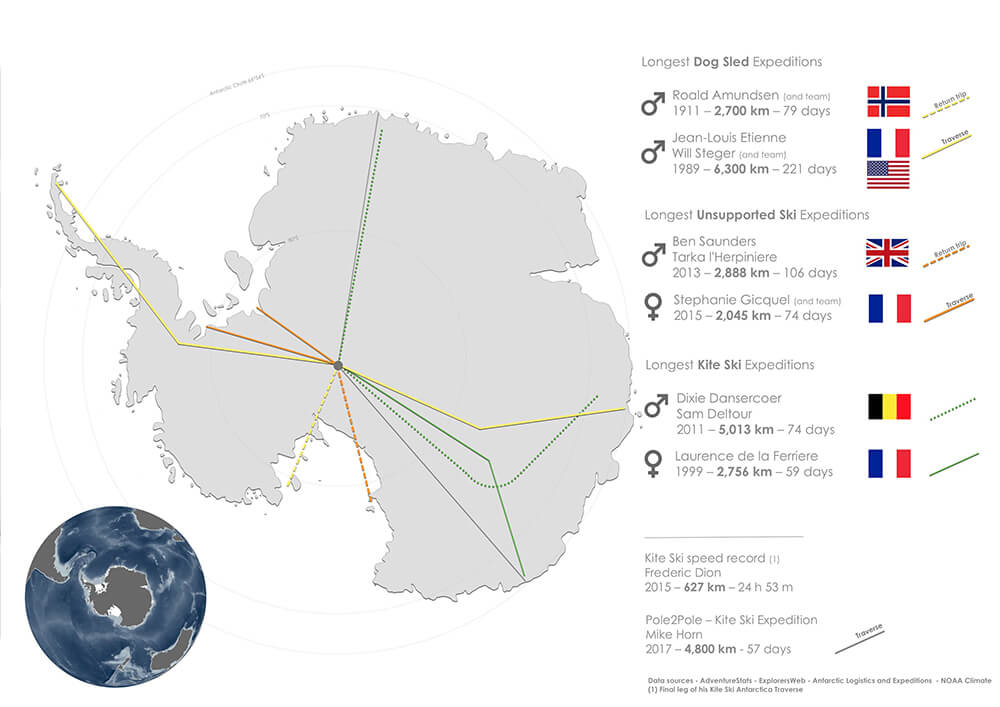
Added to that, was their anything unexpected from your own perspective about the endeavor that you encountered?
Dehydration and hunger are the bigger risks during a crossing of Antarctica without kiting. I can tell you now that these risks are much bigger than everyone who never walked over a long distance in Antarctica without wind support could imagine.
I had very little time at the campsite at night to melt ice as the speed with no kite is approx. 3 to 4 km per hour and the expedition had to be achieved within a maximum period of 75 days to be able to board the last plane of the season flying from Union Glacier Station in Antarctica to Chile – on January 28, 2015.
What inspired you to make this expedition?
I am very attracted by Polar Regions. I explored Greenland, Spitsbergen, Antarctica on foot, on skis, I ran a marathon at the Geographic North Pole under temperature down to -40°C, etc.It is hard to tell why I love Polar Regions because these are parts of the world where you would usually experience extreme weather conditions. I guess it has something to do with the colors – white and blue – the cold and purity, the infinite landscape. Some years ago, I explored the coast of Antarctica. When I woke up one morning in front of the Antarctic mountains, I felt both joy and frustration. Nature is so beautiful, pure, and unique down there. But I could only see the coast and mountain ranges running through the Peninsula. I wanted to see and know more about this cold continent. I had read so many books about Antarctica and I felt I had to live my own expedition across Antarctica because it is somehow the only way to get closer to the reality and truth of this continent. The heart of the continent is extremely different from the coasts – especially as there is no animal, no life. It is quite different from the images you may see on TV documentaries about this continent. That’s how this skiing expedition across Antarctica started.
I could have been discouraged when I read the book written by Reinhold Messner, for example, who described his expedition across Antarctica as more difficult than all his mountaineering expeditions including the ascent of the mount Everest.
I could also have been discouraged by the list of adventurers who died in Antarctica. I could also have been discouraged when a potential sponsor told me that he finally decided not to support the expedition because there was a risk that I could die in Antarctica.But I never gave up. So I prepared this expedition as much as I could. I notably pulled tyres, I ran long distances in a cold storage facility next to Paris starting at 5 am in the morning before going back to the office. I prepared the logistics, I convinced 50 sponsors to support the expedition, I went to a bank to negotiate a loan to close the expedition budget, I obtained authorizations, etc. It was a great entrepreneurial project.
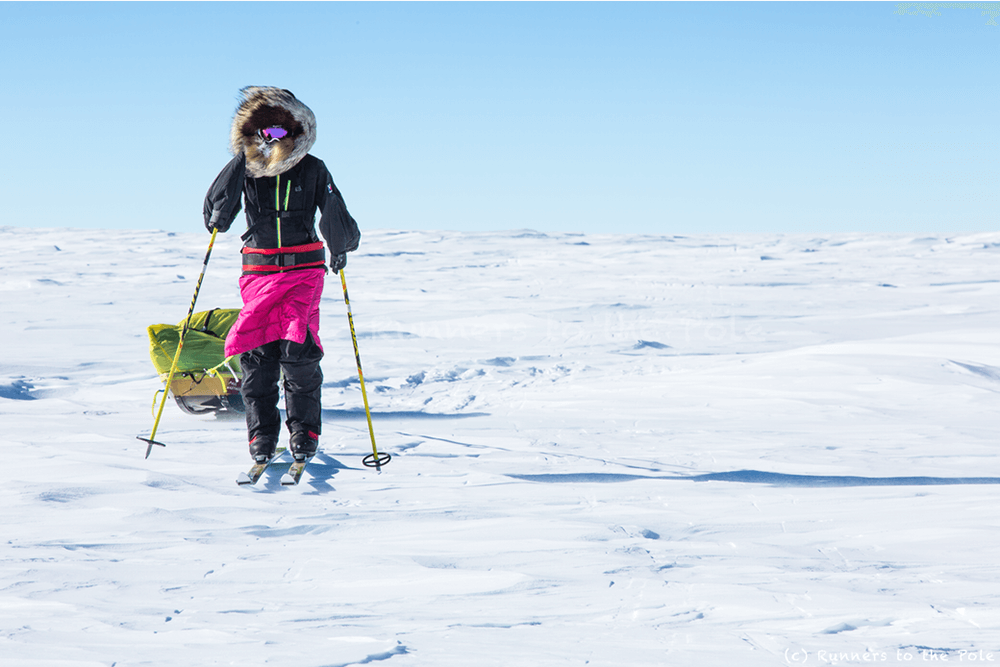
Tell us about the film profiling the expedition, known in English as “Across Antarctica.”
One of the main goals of the expedition Across Antarctica was to bring back images and videos of the inside of the continent and to share them with everyone interested to know more about this unique continent and about how one can surpass oneself to reach a goal or a dream. I am now sharing this message notably with students and schoolchildren – notably those who followed the expedition online – and with corporations in France and abroad.
My husband was in charge of collecting all video equipment before the expedition started (cameras Canon 5D, Canon XA20, Canon G1X, GoPros, Q4 Zoom, batteries, solar panels, tripod, microphones, audio recorders etc.) and then learning how to use them in extreme conditions. Video equipment added approx. 20 kg (44lb) to the other equipment we had to store and pull in our sledges. That is the reason why I decided to have three resupply points along the expedition route – mostly at the South Pole. We took one day off, without skiing, to do some filming but most of the filming was done as we were skiing across Antarctica as we had a limited time (75 days) to achieve the expedition before the end of the summer season in Antarctica. My husband would stop a few minutes, do some filming and then speed up especially during white out days. He managed to reach this goal without his fingers being severely damaged by frostbite. That was definitely one of the most difficult parts of the expedition.
Here is the synopsis of this movie :
“2045 km, 74 days, -50°C. From November 14, 2014 to January 27, 2015, Stéphanie Gicquel (French woman) skied across Antarctica through the South Pole, with two other polar explorers, including her husband Jérémie. An expedition she had imagined, planned and prepared for three years. This is notably the longest ski expedition for a woman in Antarctica without kiting (Sources: Guinness World Records, ExplorersWeb, AdventureStats, Adventure Network International). The film is an invitation to discover Antarctica through the eyes and feelings of Stéphanie. It highlights some of the moments she experienced during this long expedition – when she waited at Union Glacier base camp, started the expedition on the coast at the same place where the mountaineer Reinhold Messner began his own kite-ski expedition across Antarctica in 1989, when she skied up and reached the South Pole on Christmas eve and arrived on the Filchner-Ronne Ice Shelf floating on the Weddell Sea after 74 days of extreme effort.
This 30 minute film is not only about adventure. It is mainly about the meaning of things, fear, freedom, fulfillment, and boldness. An invitation for everyone to live intensely, without fear nor regret. This film also shows the life of a couple whose strength is tested under extreme conditions. A testimony of being one with the Antarctic landmass – similar as a frozen ocean located 3,000 meters high, with ice waves shaped by the wind. A sanctuary where nature is so powerful and strong against explorers who dare to come, but at the same time so fragile.“
What was it like appearing at TedX talks?
I have always considered that the expedition Across Antarctica is not only about the mileage skied in Antarctica – it is most importantly an experience of meeting and sharing my passion for polar regions with others.
I created several educational projects with schools in France. During the expedition, I arranged several satellite phone conversations with schools. In October 2015, as part of an academic contest linked to COP21, one of these schools was awarded by a Special Jury Prize for its work in relation to the expedition.
Photos taken during the expedition are regularly displayed in public areas to share with the public and especially young people the beauty of Antarctica. These exhibitions are labeled COP21 by the French Ministry of Ecology.
I also regularly give lectures about Antarctica, notably at the French Ministry of Ecology, during COP21 in Paris, during COP22 in Morocco, at the COY11, in schools and other public areas. These lectures are also labeled COP21 by the French Ministry of Ecology.
As part of the expedition Across Antarctica, 15,000 euros were raised and donated to the charity Association Petits Princes, which makes the dreams of diseased children come true.
I wrote a book and I directed a movie about this adventure. It is not about motivating people to cross Antarctica – obviously – but inviting everyone to live intensely, without fear nor regret.
One of the key messages I shared at TedX talk is that the only limit to your goals is the one you are setting. Everything else may actually just be an excuse. Or a fear perhaps.
How are you promoting the film? Can you tell us about the Touscoprod campaign?
I wrote and directed the movie Across Antarctica a few weeks after getting back from Antarctica. I was able to fund its production thanks to crowdfunders.
The movie Across Antarctica is now screened in France and in many countries around the world. The movie was actually screened in New-York last December and it will be screened again in the United-States (notably on Saturday 11 February in Michigan and soon in Colorado). After the movie screening some people would sometimes tell me about their own dream and how they want to push harder to make it possible. That is the best reward I could have ever received.
The film Across Antarctica can also be viewed online on http://www.touscoprod.com/en/acrossantarctica-movie. The expedition Across Antarctica and all related actions and initiatives (lectures, photos exhibitions, etc) in order to share key messages of this film, including the importance of Antarctica for global climate, were partially funded through a bank loan that I will reimburse over the next years. The funds raised through this VOD page allow me to refund this loan.
What future endeavors do you have?
In the near future, I am focusing on ultra-distance races – over 150-200 km. Next month, I will also run over 300 km to cross French Riviera in France.

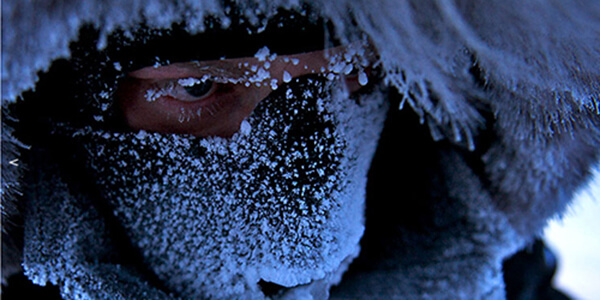

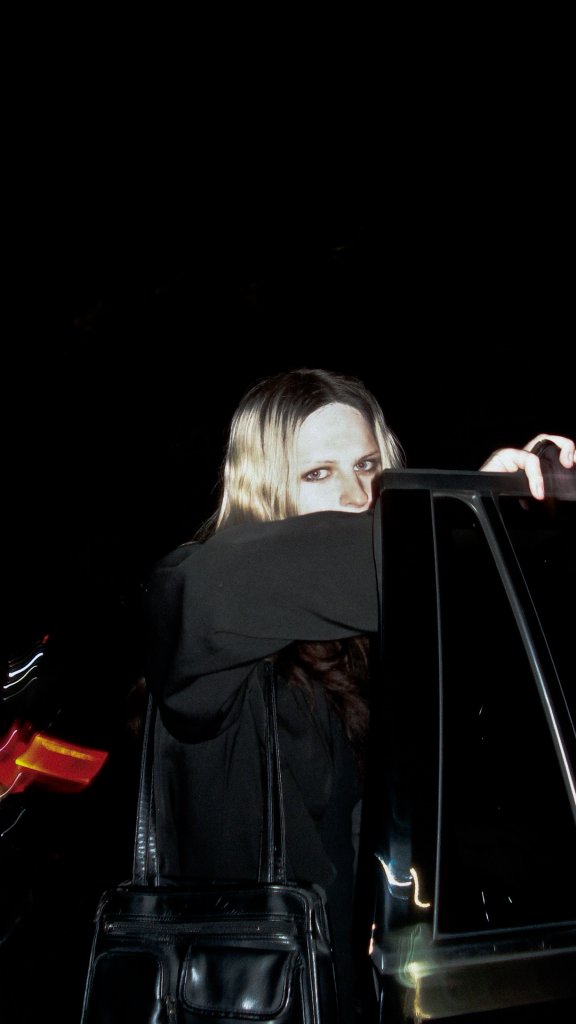
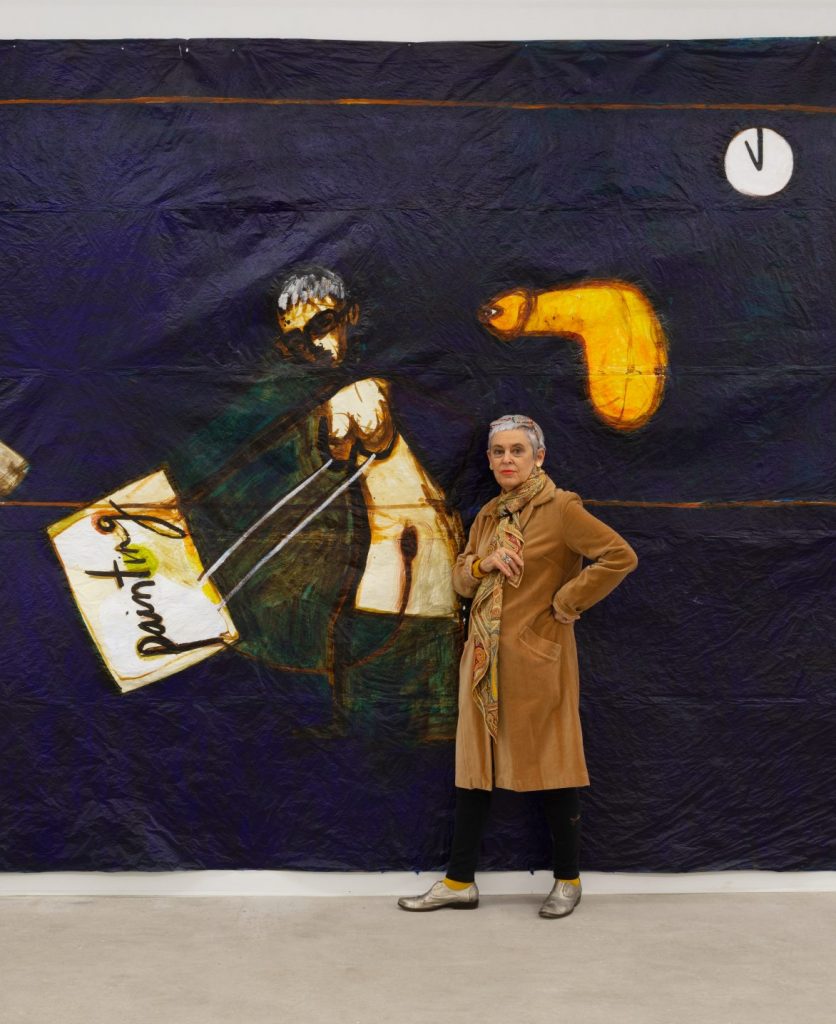
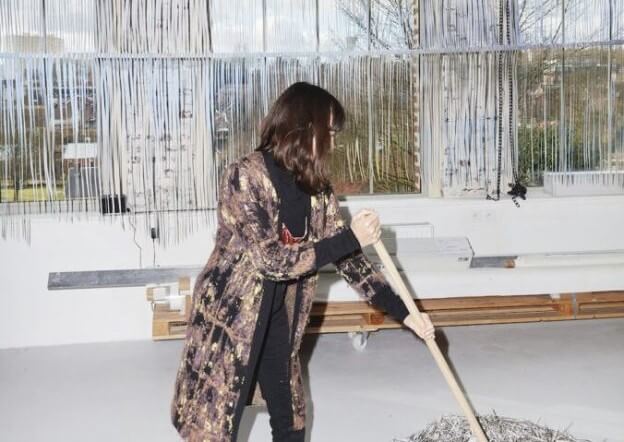
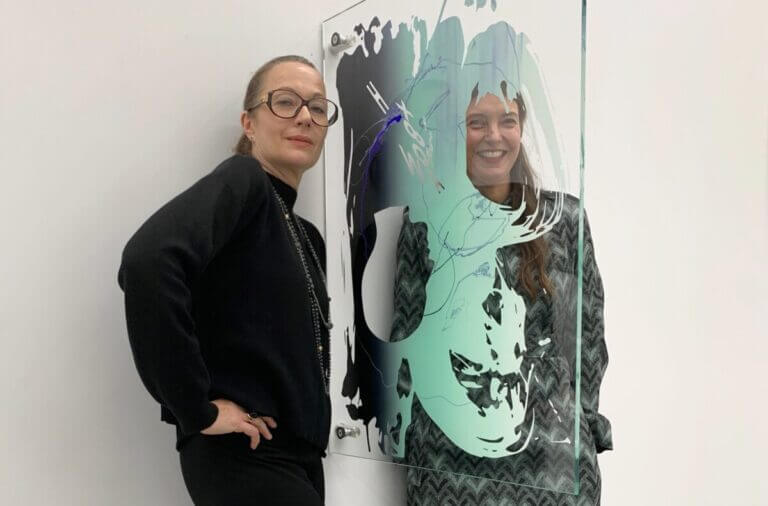
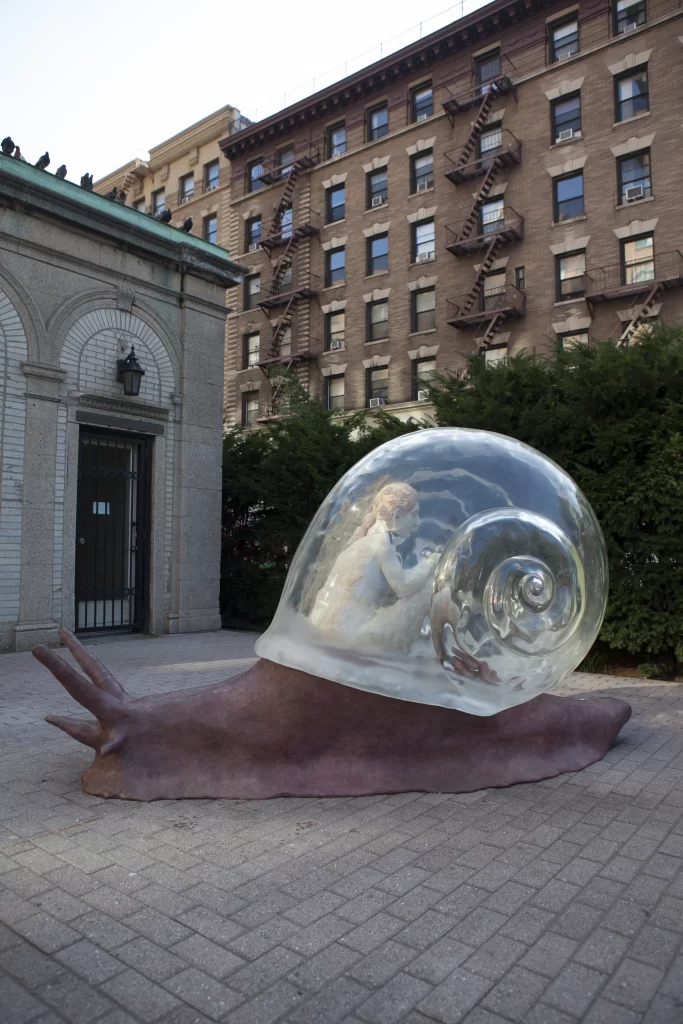

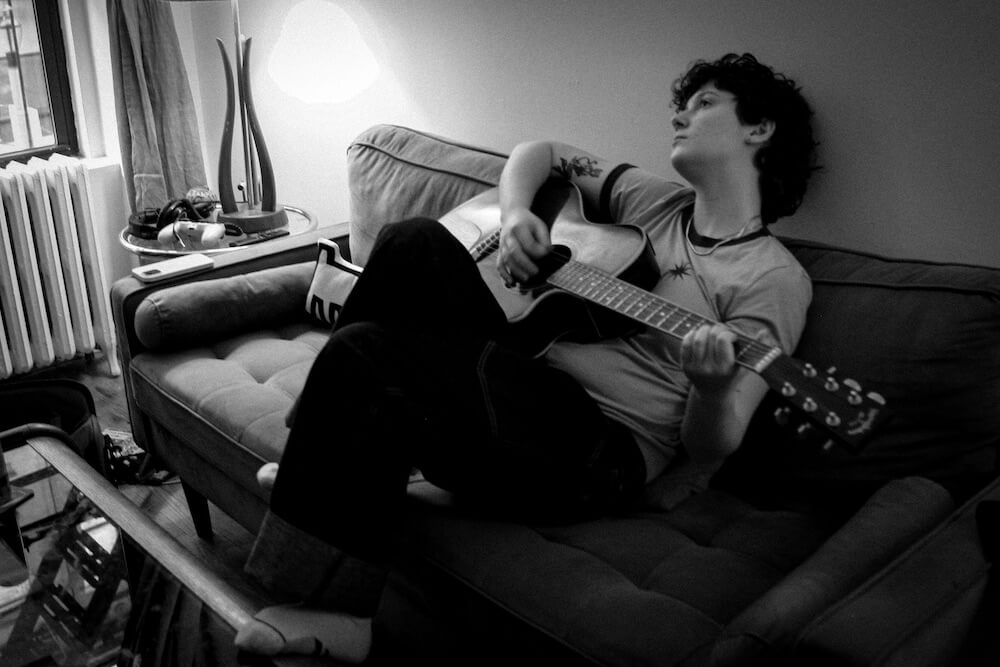

Responses